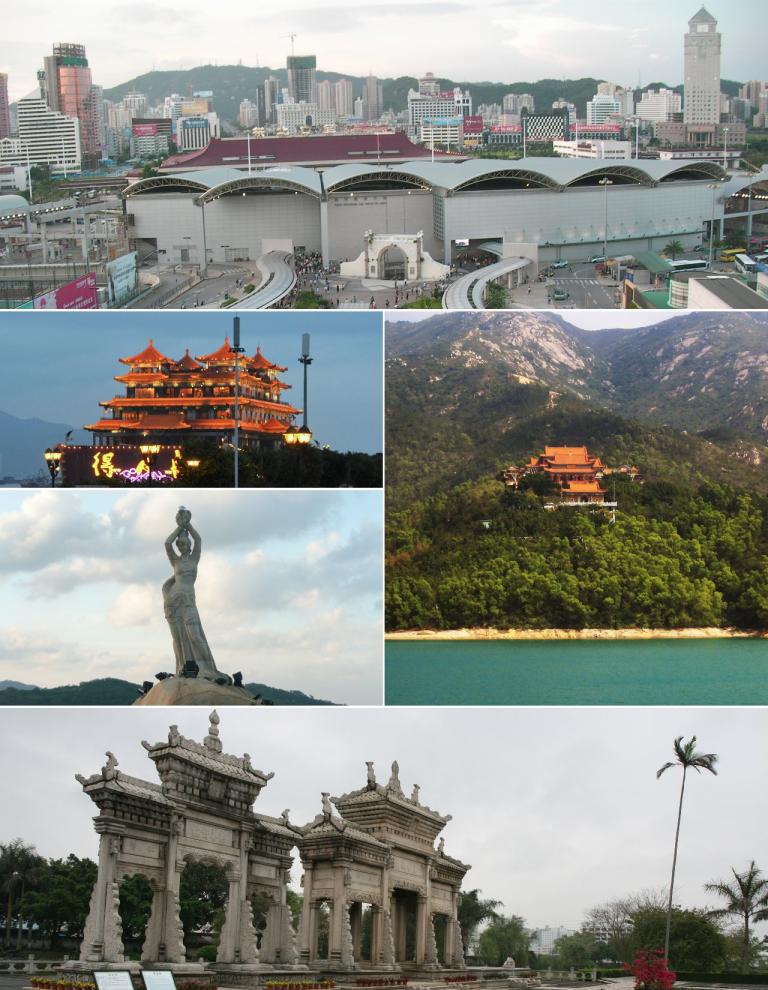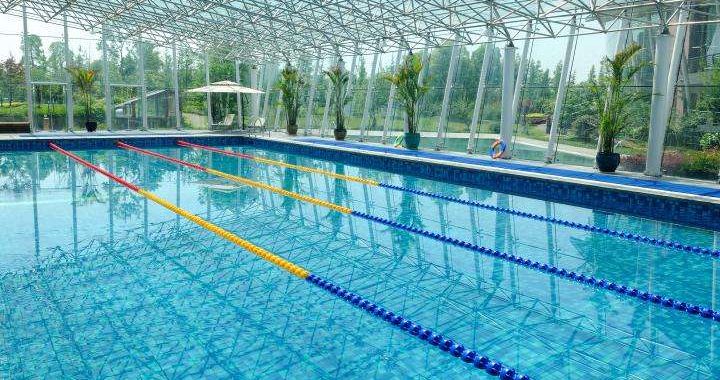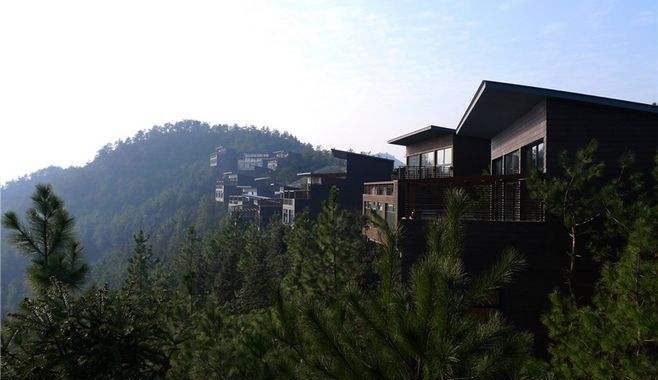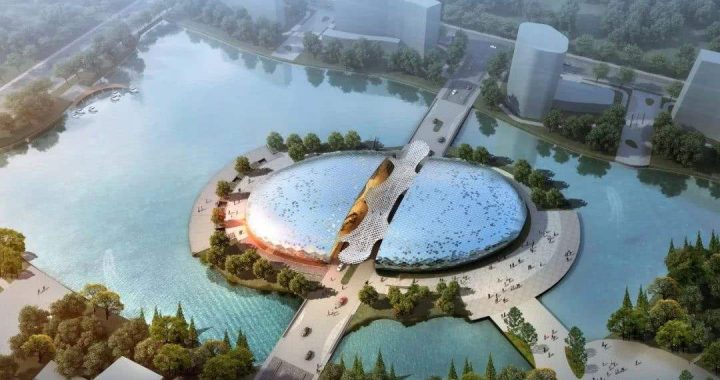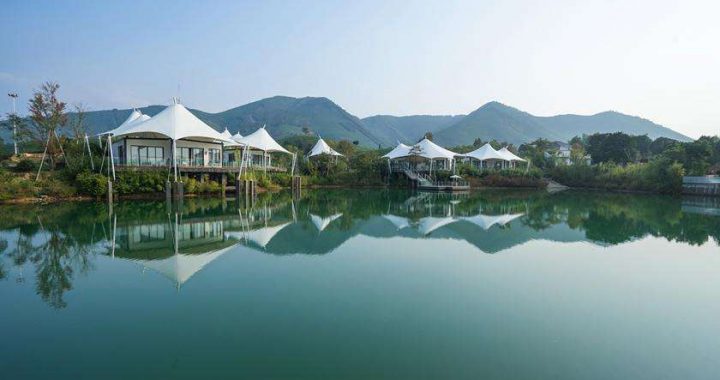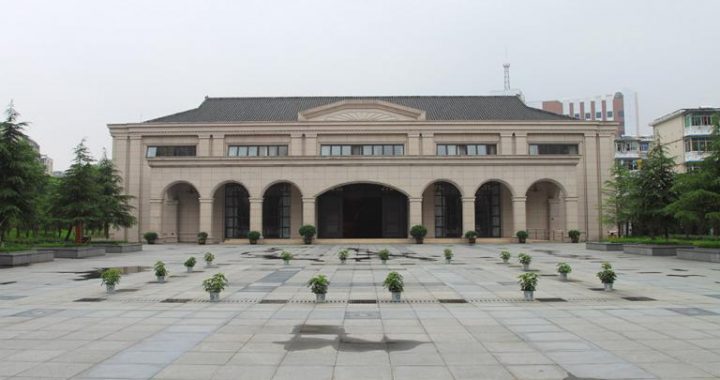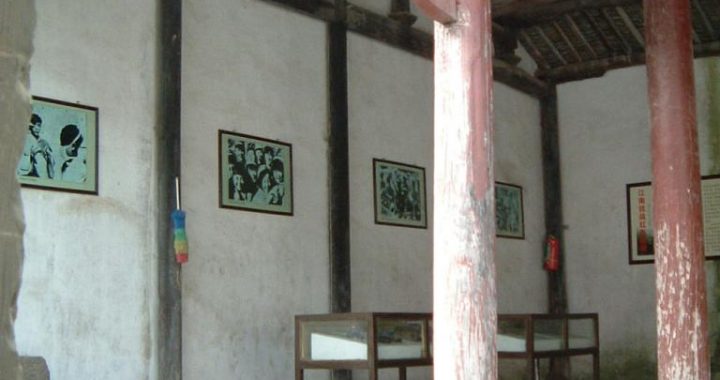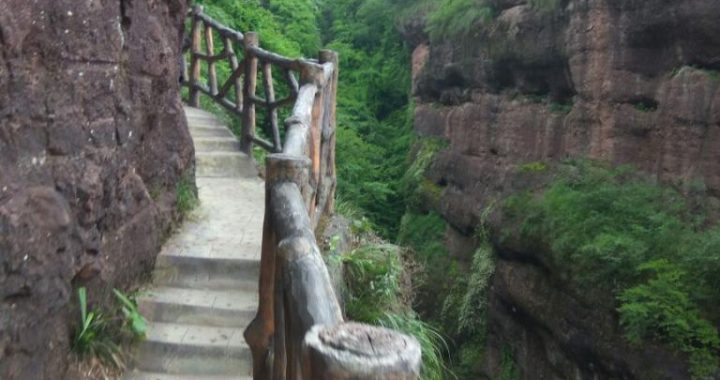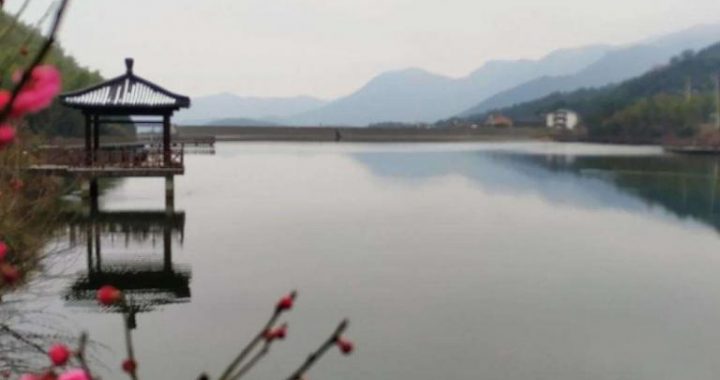The Old Meihua Guan
5 min readOn the southern outskirt of the city proper stands Jinggai Mountain. “Jinggai”in Chinese means golden canopy. The mountain obtains the name because of the mountain terrain which circles up just like a canopy.
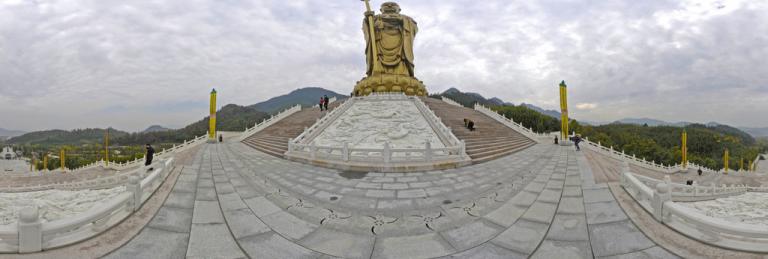
The Old Meihua Guan(the ancient plum-blossom Taoist temple) is one of the oldest and most popular temples in Zhejiang and Shanghai. This ancient Taoist temple is comparatively larger than the other Taoist temples in the south of Yangtze Delta, and has more than 130 buildings. The temple has a very long history, which can be traced back to the early years of the Song (420-479) in the Southern Dynasties of the Northern and Southern Dynasties. At that time,a famous Taoist priest named Lu Jingxiu who was from Dongqian Town of Wuxing District and lived in seclusion on themountain. He was the descendant of the General of Dongwu(Lu Xun), and he built up a cottage for his retreat. He planted plum trees in the Spring Valley of the mountain much more to the entertainment of himself. He concentrated on his works and cultivated himself according to the religious doctrine. Yet, the Ming Emperor tried to enhance Taoism and instructed him to go to the imperial palace. Later, he became the master of that era. During the Tongguang Period (923-925) of the Hou Tang Dynasty (923-936) of theFive Dynasties (907-960),a Taoist priest named Gong Wushang came from Luoyang. He also settled down there and planted Chinese parasol trees (phoenix trees) in the Spring Valley of the mountain. Those trees attracted a lot of phoenixes to dwell, so that the Spring Valley is also called Tong Feng Wu(phoenix trees and phoenixes valley). In the Qingli Period(1041-1048) of the Northern Song Dynasty (960-1127), Shen En from Donglin came tolearn and practise Taoism in Tong Feng Wu, and he built niches in the temple. At the end of the Yuan Dynasty, Min Muzhai from a distinguished family cultivated himself in this valley, and often saw the valley nestled in the mist and floating clouds, so he named it”Yun Chao”(cloud nest).
However, this Taoist temple was destroyed into ruins in a fire. After then, in the middle of the Qianlong Period(1736-1795), Zhu Heng,a descendant ofZhu Xi, came here from Digang in Gui’ an and set up Chongde Hall in the temple, which is also known as Yunchao Hall. It was built to enshrine theImmortal Changchun, otherwise known as the Taoist Qiu Chuji. In the first year of the Jiaqing Period (1796) of the Qing Dynasty (1644-1911), Min Shaopu formally became the follower to Gao Dongli, the tenth generation of Ordained Longmen School of Taoism. He respectfully took Lu Jingxiu as the founder of the temple, and he named the temple”Gu Meihua Guan”(Ancient Taoism Temple in Plum Blossom), also known as”Chunyang Palace”. In those years, the temple had some other pavilions and houses besides the main building. To the late years in the Xianfeng Period(1851-1861) of the Qing Dynasty, almost no building was left in the temple.
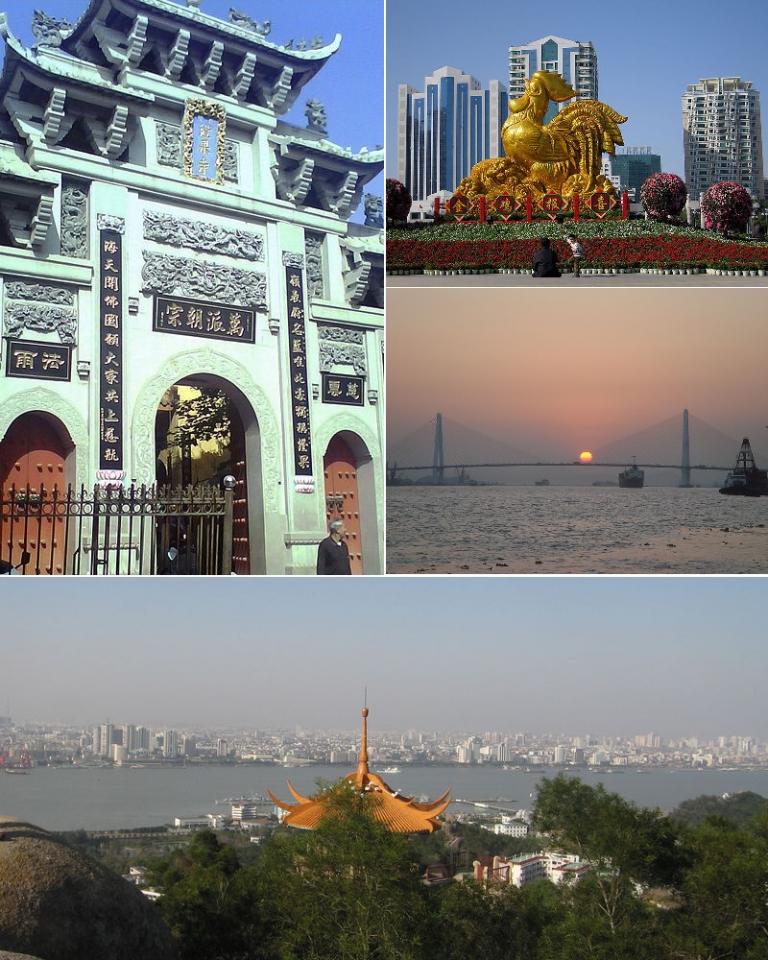
Most of them had been destroyed in fire disasters or wars except Chongde Hall. Wu Xilin,a scholar lived in the Qing Dynasty, compiled a Record of Chunyang Palace on Jinggai Mountain and described the period of its history in detail. That flat sheet of stone with the inscription is still inlaid on the wall of the temple today. And in the third year of the Tongzhi Period(1864), the local gentry and Taoists raised funds to rebuild the temple, the reconstruction lasted ten years.
This Taoist temple was quite different from the other ancient temples that had been usually set on a longitudinal axis. The temple was designed and constructed on three horizontal axes presenting the layout of horizontal link. Tianjiang Hall(the hall for the commanders from heaven) was situated on the first horizontal axis. It was a three-room wide building, and it had a gabled roof supported by posts and lintels. To the east side of Tianjiang Hall, there was a three-storey Baoyun Nunnery and a three-storey Cunxi Hall facing the stretch of plum trees. The main hall was located on the second horizontal axis. It was the same to Tianjiang Hall in structure, but it had different decorative patterns of roof-beam. There were some inscribedboards in the hall with elegant Chinese characters written by famous calligraphers, and the portrait of Patriarch was enshrined, too. Wangzu Hall was situated to the west side of the main hall, in which other five masters of the ordained school of Taoism were enshrined: Wang Xuanfu, Zhongli Quan, Lyu Dongbin, Liu Haichan and Wang Chongyang. Chongde Hall, Guan Hall and the Lecture Room were to its east side. In the front corridor of Guan Hall, twelve pieces of stone tablets with the inscriptions of Huang Tingjian and others were inlaid on the wall. Tower of Yuhuang(Tower of the Jade Emperor, the Supreme Deity of Taoism) in five-storey high was located on the third horizontal axis. Jade Emperor was enshrined in. The four boldcharacters”Zhong Tian Bao Ge”in Chinese inscription on the horizontal board attracted one’s attention.
The old Meihua Guan was further extended in the late Qing Dynasty and the early Republic of China. In the 16th year of the Guangxu Period(1890), Shen Bingcheng, the governor of Liangjiang(now for Jiangsu, Anhui, and Jiangxi Provinces) and a rich merchant, Mr. Qiu, pooled money together to build Dabei Ge(merciful shrine) to the southeast of the main building to enshrine Avalokitesvara. Later, in the 29th year of the Guangxu Period, another rich merchant named Yu Shide raised funds and built YiyunHall at the southwest of the main building to enshrine Xuan Emperor. Shen Bingcheng also built a house in a style of Chinese and western architecture named Jingchen(Purifying one’s soul and being free from vulgarity). And at the same time,a merchant from Shanghai named Zheng Heying raised funds and built Fozu Hall(Buddha Hall) to the east of the Dabei Ge.
After the foundation of the People’s Republic of China, the old Meihua Guan was used as the sanatorium for cadres(official staffs) inWuxing district. During the period of “Cultural Revolution”, it became the May 7th Cadre School, and later it was changed to a practical teaching base of Huzhou No.1 Middle School where students were taught how to do farmwork. The temple was renovated once more on the basis of original features in 1989, and restored its business again. Since then it has been used as a religious center for Taoists. Religious meetings and activities are often held here by Huzhou Taoism Association. In order to develop tourism,a large holiday hotel occupying 4,000 square meters was open to the public in August 1994, which provides betteraccommodations and facilities for tourists to have a good rest and recreational activities.
The ancient Taoist temple conceals itself in mountains far from the view of the public, but once you get into the temple, the tranquil atmosphere blended with the smoke coiling up from burning incenses all the year round gives you a feeling of mystery. It becomes one of key historical relics in Southern Suburb Tourist Site.
